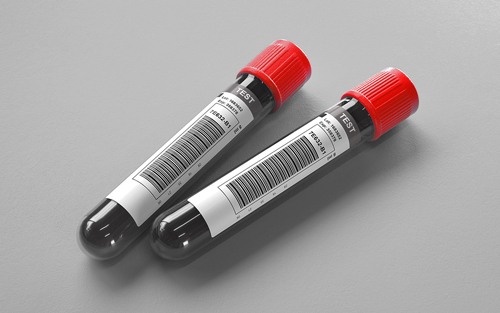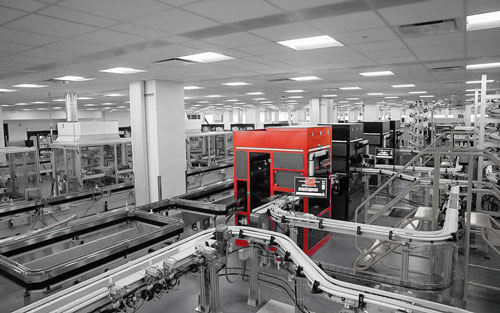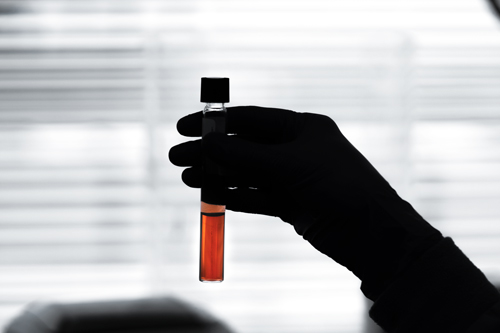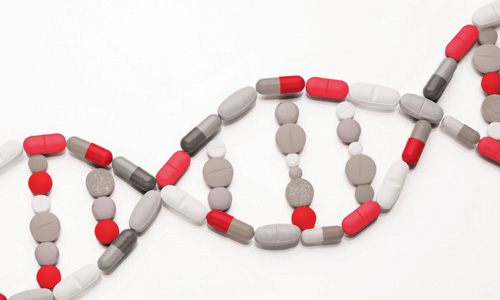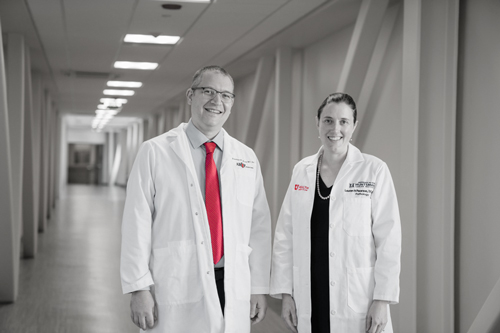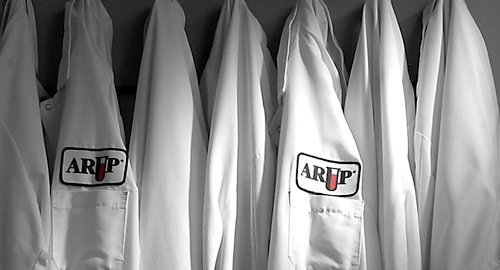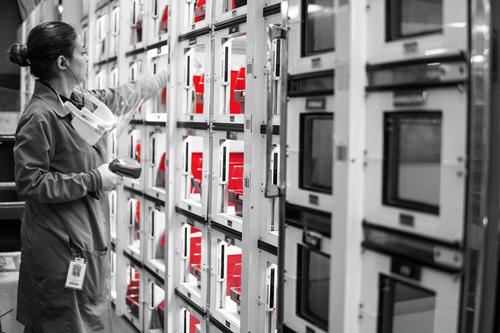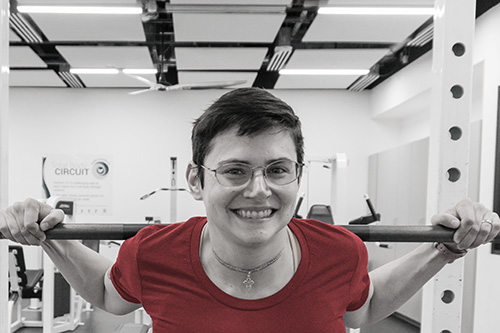CYP3A4 and CYP3A5
Ordering Recommendation
Use to assess genetic risk of abnormal drug metabolism for CYP3A4 and/or CYP3A5 substrates. May aid in drug selection and dose planning for drugs metabolized by CYP3A4 and/or CYP3A5.
New York DOH Approval Status
Specimen Required
Lavender (EDTA), pink (K2EDTA), or yellow (ACD solution A or B).
Transport 3 mL whole blood. (Min: 1 mL)
Refrigerated.
Plasma or serum. Specimens collected in sodium heparin or lithium heparin. Frozen specimens in glass collection tubes.
Ambient: 72 hours; Refrigerated: 1 week; Frozen: 1 month
Methodology
Polymerase Chain Reaction (PCR)/Fluorescence Monitoring
Performed
Varies
Reported
5-10 days
Reference Interval
By report
Interpretive Data
Refer to report
Counseling and informed consent are recommended for genetic testing. Consent forms are available online.
Laboratory Developed Test (LDT)
Note
Hotline History
Hotline History
CPT Codes
81230; 81231
Components
| Component Test Code* | Component Chart Name | LOINC |
|---|---|---|
| 3001519 | 3A4/3A5 Specimen | 31208-2 |
| 3001520 | CYP3A4 Genotype | 81139-8 |
| 3001521 | CYP3A5 Genotype | 81140-6 |
| 3001522 | 3A4/3A5 Interpretation | 50398-7 |
| 3004505 | CYP3A5 Phenotype | 79717-5 |
| 3016874 | EER CYP3A4 CYP3A5 | 11526-1 |
Aliases
- fentanyl
- Cytochrome P450 3A5
- tacrolimus
- 3A4
- CYP3A4
- Cytochrome P450 3A4
- 3A5
- CYP3A5
